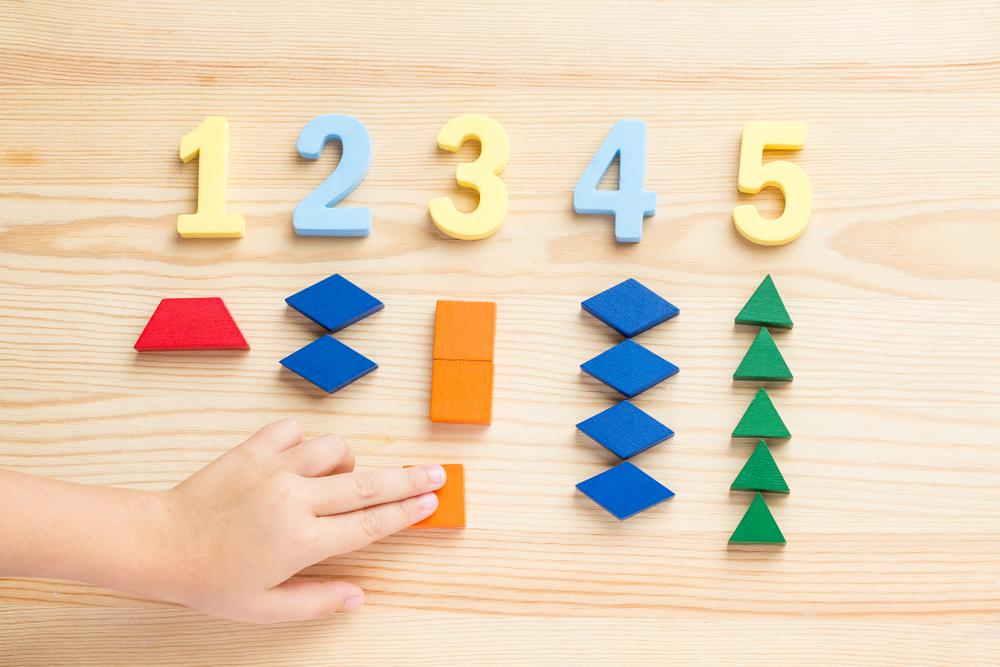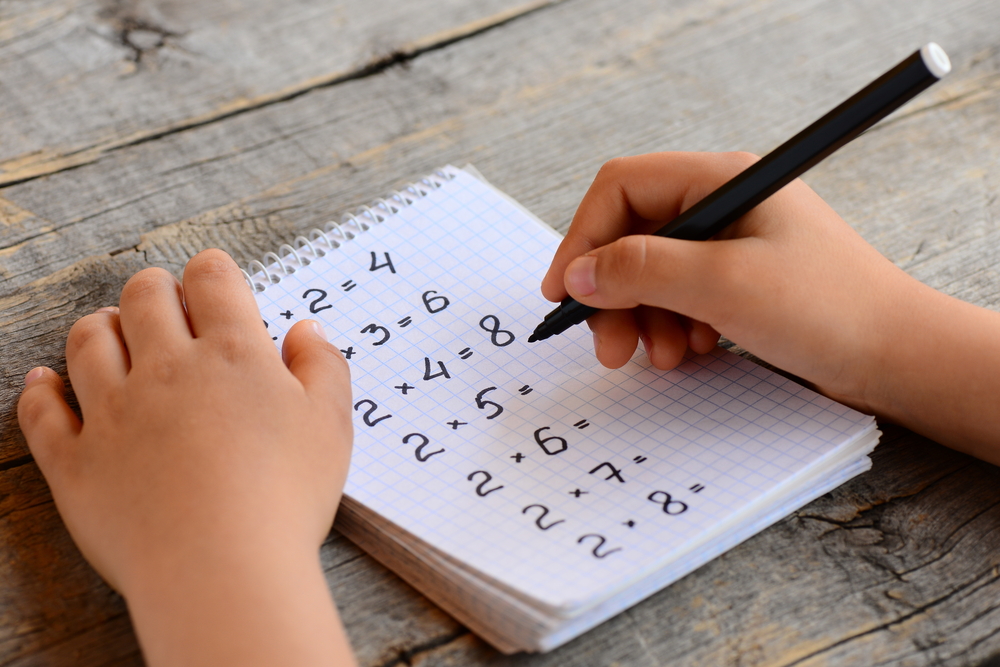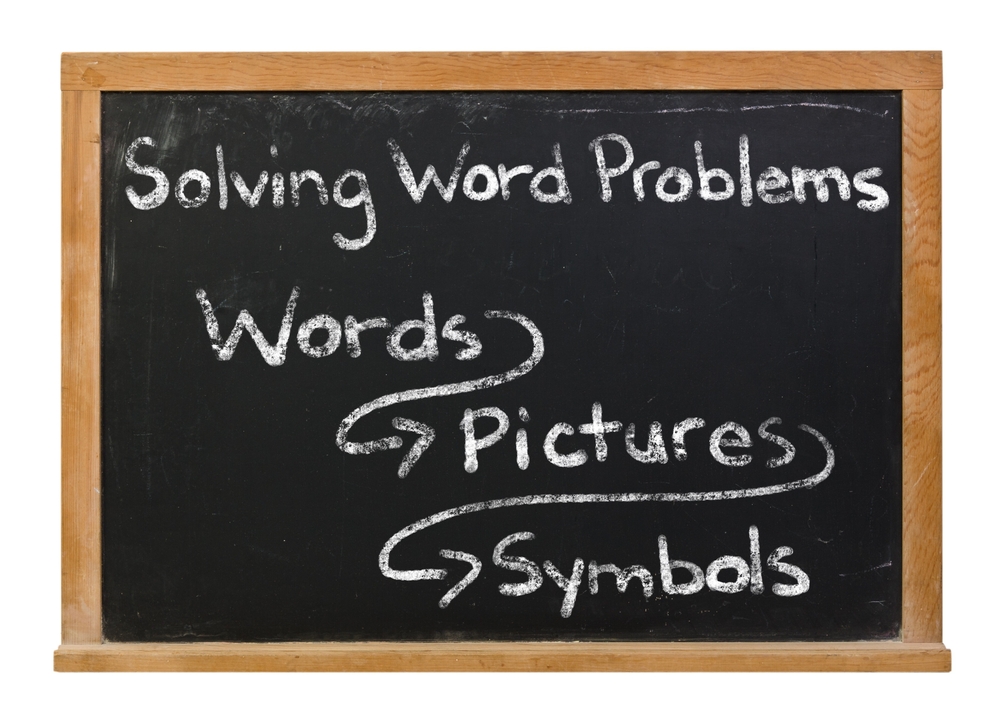Counting skills Normal Word Problems Worksheets for Ages 4-7
4 filtered results
-
From - To
Counting Skills Normal Word Problems Worksheets for Ages 4-7 offer young learners a fun and engaging way to develop fundamental math abilities. These educational worksheets feature age-appropriate word problems that encourage critical thinking and problem-solving. Designed for children aged 4-7, the exercises focus on practical counting skills, helping kids to recognize numbers, add, subtract, and understand quantities in real-world contexts. Each worksheet is expertly crafted to ensure an enjoyable learning experience while building a strong mathematical foundation. Perfect for use at home or in the classroom, these resources foster a love for math in preschool and early elementary students.
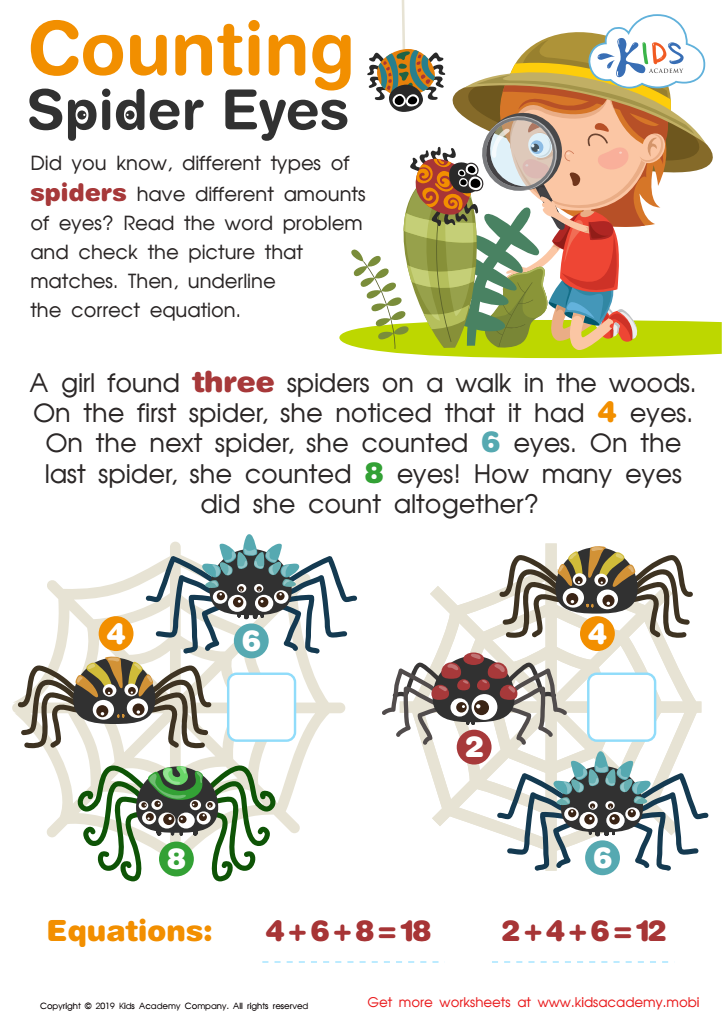

Counting Spider Eyes Worksheet
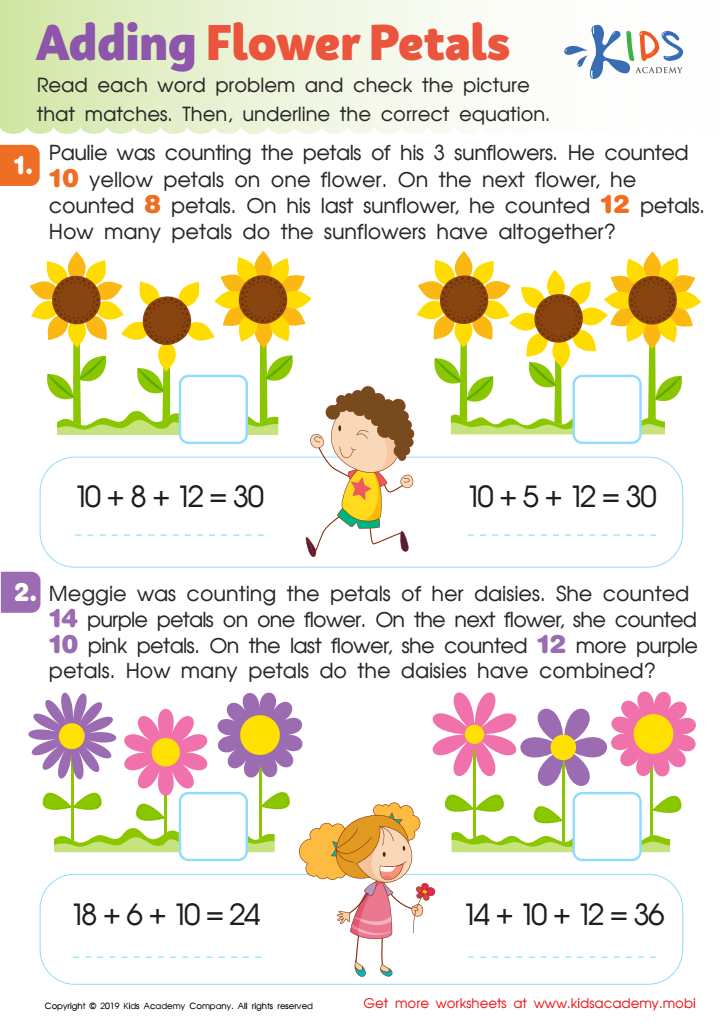

Adding Flower Petals Worksheet
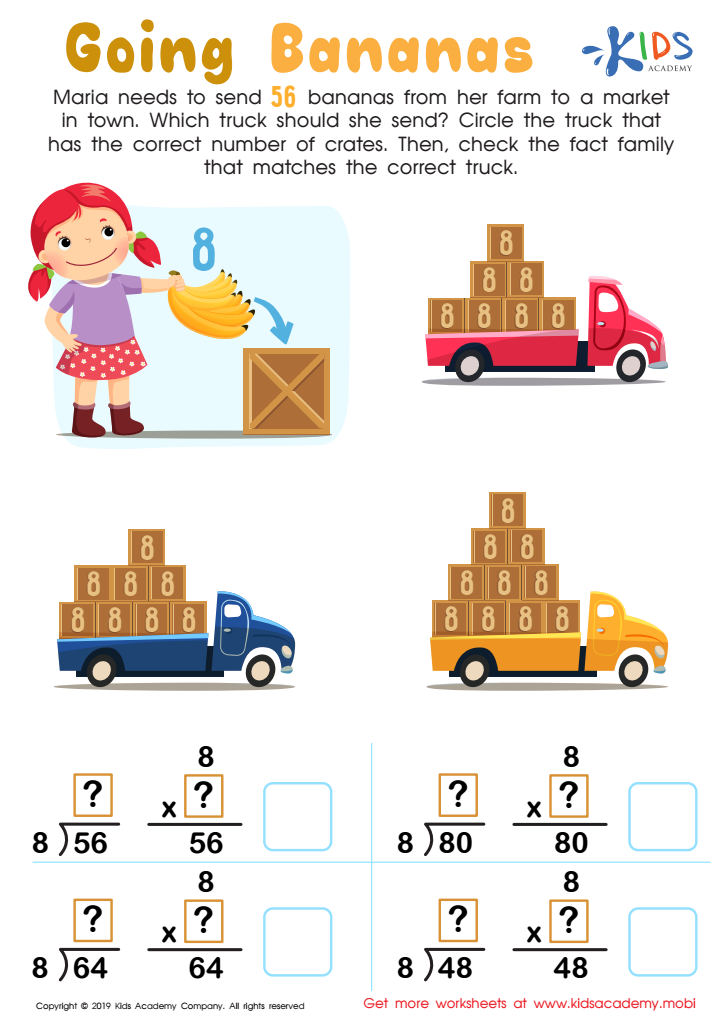

Going Bananas Worksheet
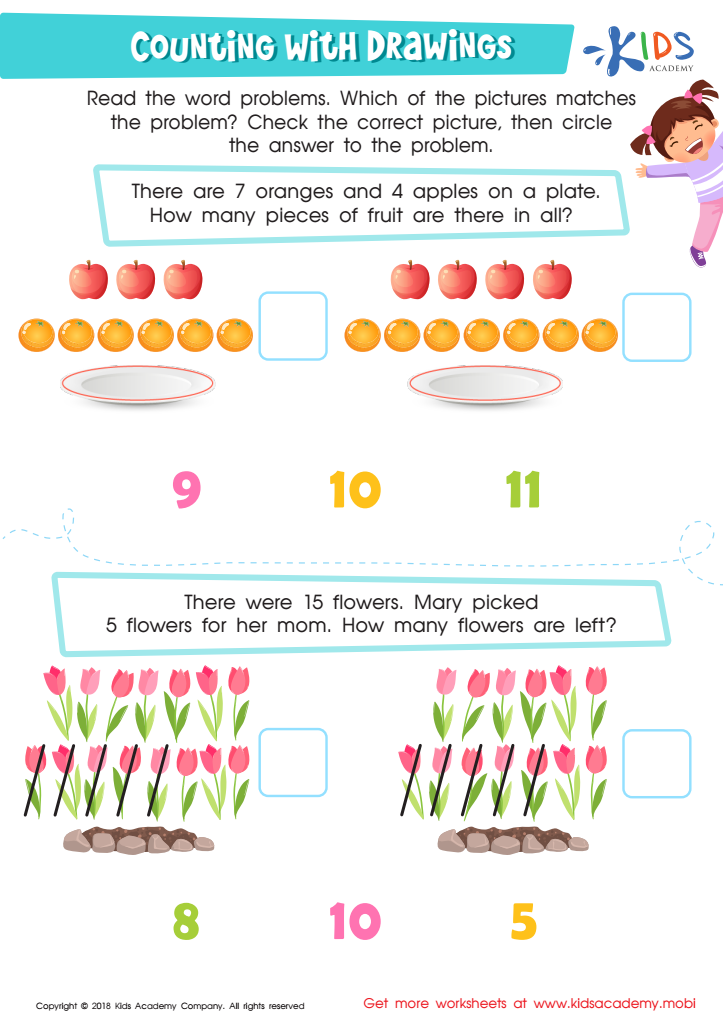

Counting with Drawings:Fruits & Flowers Worksheet
Parents and teachers should care about counting skills and normal word problems for children aged 4-7 because these foundational math skills are crucial for cognitive development and future academic success. At this age, children's brains are highly receptive to new information, and developing strong counting skills helps nurture their ability to think logically and solve problems. Counting is not just about reciting numbers; it involves the understanding of numerical concepts, patterns, and relationships.
Introducing normal word problems early encourages children to apply math in real-life contexts, enhancing their comprehension and critical thinking. Word problems foster language and reading skills, as they require children to follow written instructions and comprehend story problems, bridging literacy and numeracy. Moreover, solving these problems builds perseverance and confidence as children learn to tackle challenges independently.
Counting and word problem-solving lay the groundwork for more advanced mathematical concepts encountered in later grades. Early proficiency in these areas often predicts success in school and beyond, promoting a positive attitude towards math. Importantly, engaging in these activities can be fun and interactive, strengthening the bond between parent and child or student and teacher, creating a supportive learning environment that encourages curiosity and a love for learning.
 Assign to My Students
Assign to My Students



